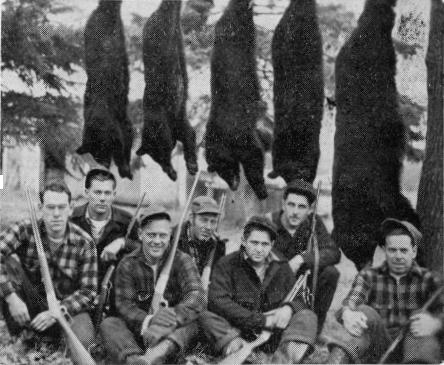of field plus some woodland, paying $2,295 for his purchase, a sum ten times as great as a lumberjack would have received for a year's work at the time the first Finns came here. A cow at the same time (1919) cost about $10, and some Finns owned 20-30 milch cows. Other farmers grew grain, and a few increased their holdings to considerable size: John Orjala had 1,400 acres at one time. Some of these communities were almost exclusively Finnish, like Palisade; a few were Swedish-Finnish, like Lawler; most of them, however, had more mixed population.
There where the Finns lived in greatest numbers, they had their customary organizations - not a full range of them, of course, in any one community, but always started at an early period in Finnish settlement. So Beaver, for example, already had its Evangelical
Lutheran congregation in 1896. The first church was built of logs, later replaced by a frame structure. A Christian youth organization was started in 1904 and was a factor in Beaver for decades. The congregation, which was affiliated for some time with the National church,
had 115 members Jacobson bear hunters: unknown, Grant Kivelä, in 1922. Eino Ola, Reuben Niemi, Lauri Punkka, Ben Koski,
In East Lake and unknown.
Lawler, the Salon Kukka (Wilderness Flower) started in 1911, while East Lake Salon Ruusu (Wilderness Rose) did not get started until 1933. There were workers' societies in Arthyde, Balsam, East Lake, Lawler and Palisade. But if Arthyde did have its workers' group, its history could also include a footnote of a different destiny : in 1950, the Countess Sylvia de Flogny caused a memorial of black Finnish granite to be erected over the grave of her father, Abram Anderson. The Finnish sculptor, Kalervo Kallio, designed the monument and accompanied his work to Arthyde to see it put up.
In other activities, Rice River had a band, started in 1908 by Leander Mäki, which played for two years, and uniquely, since

625